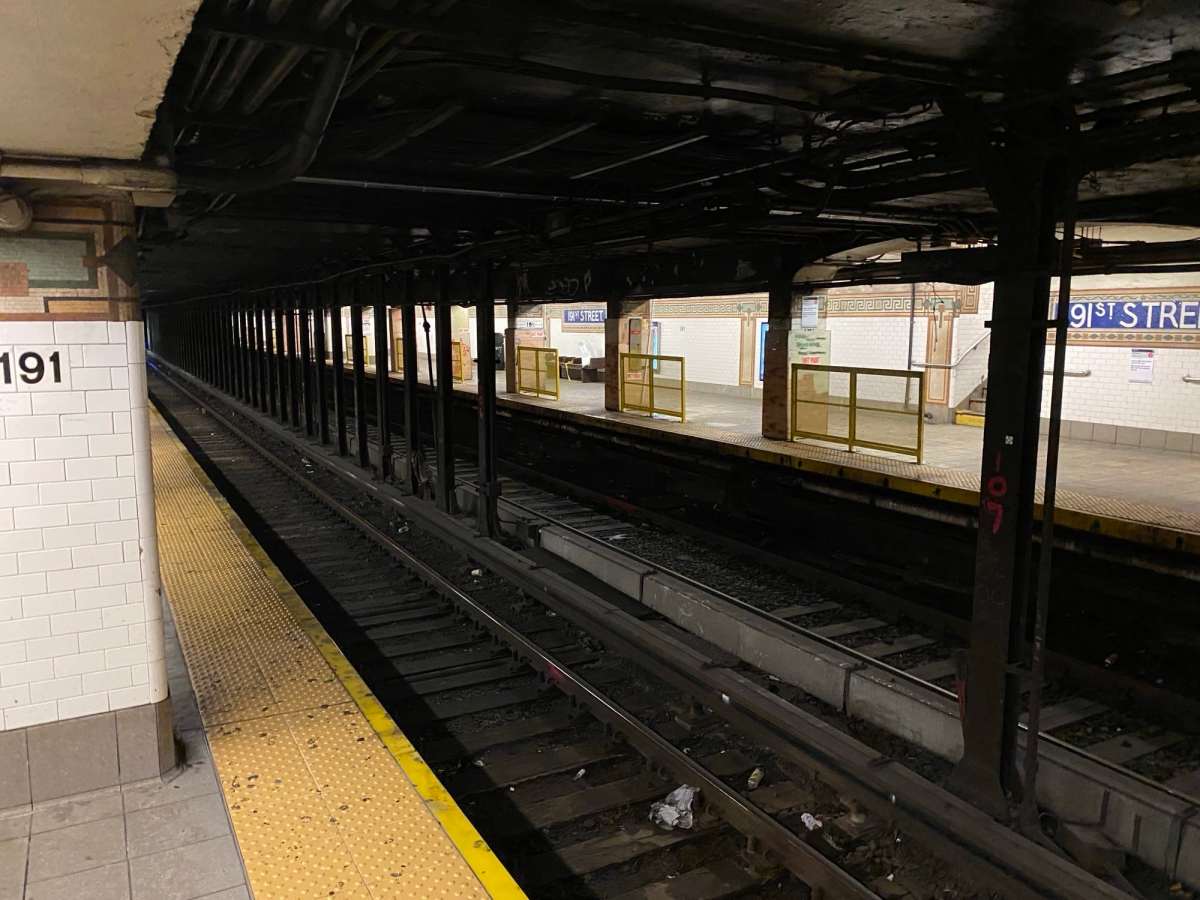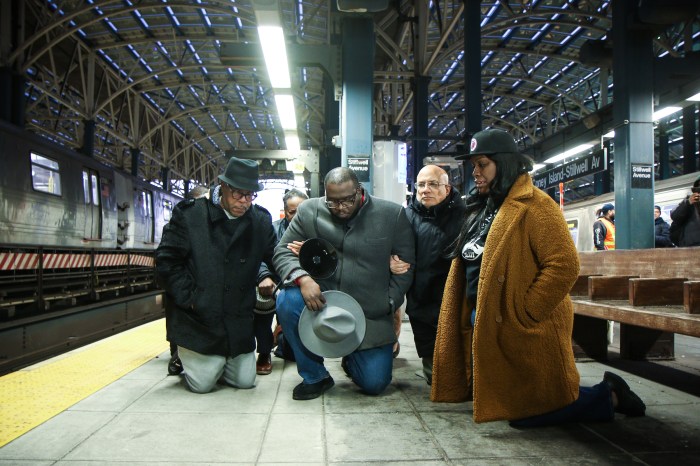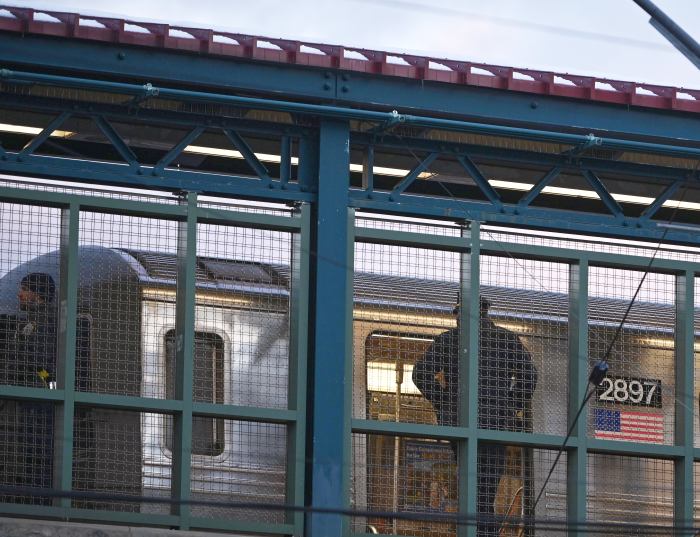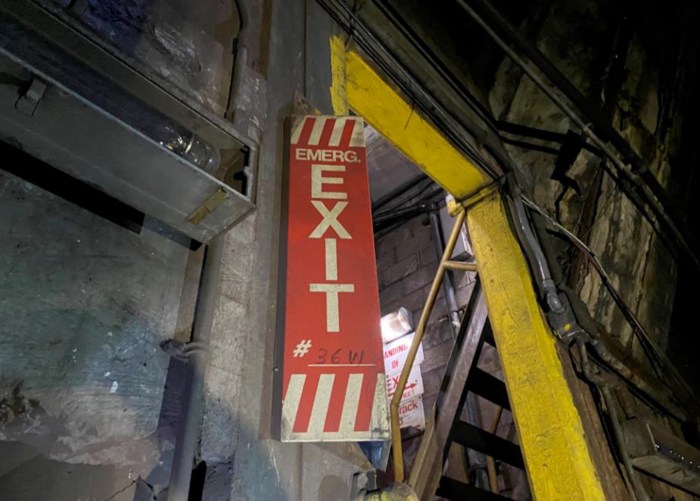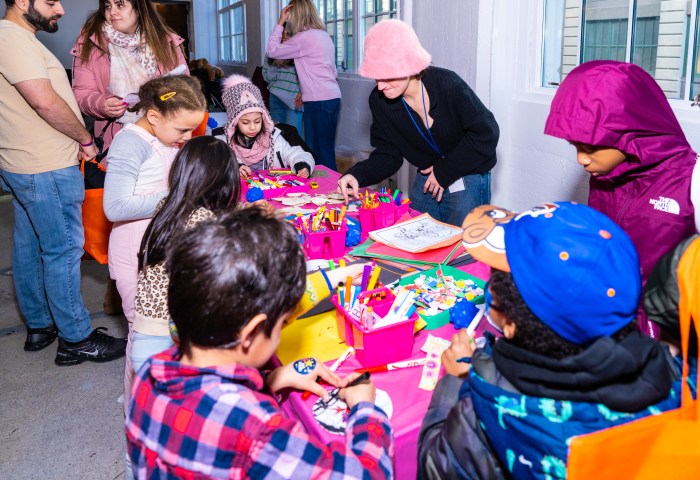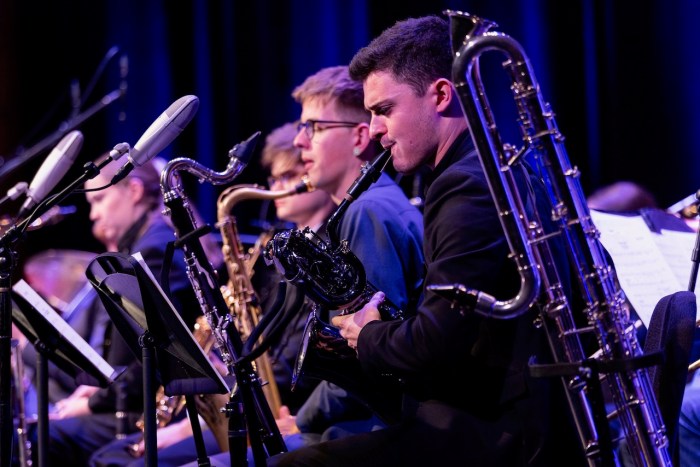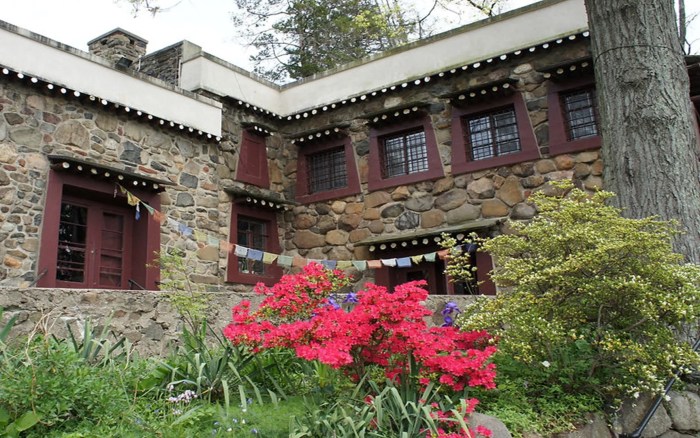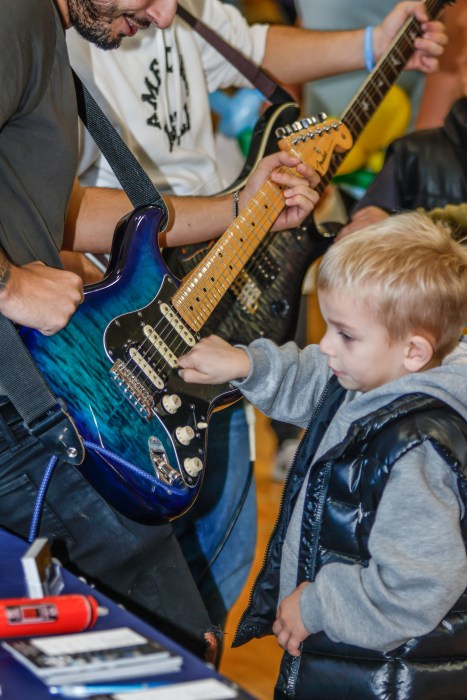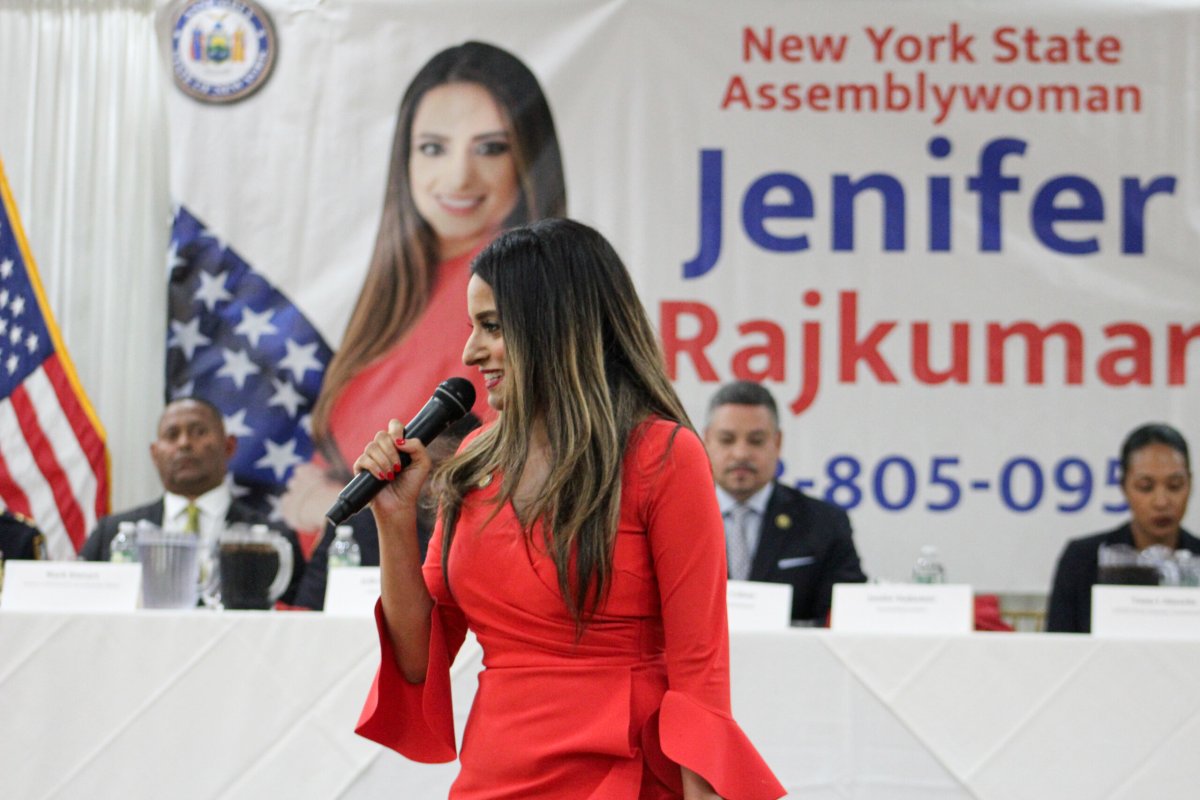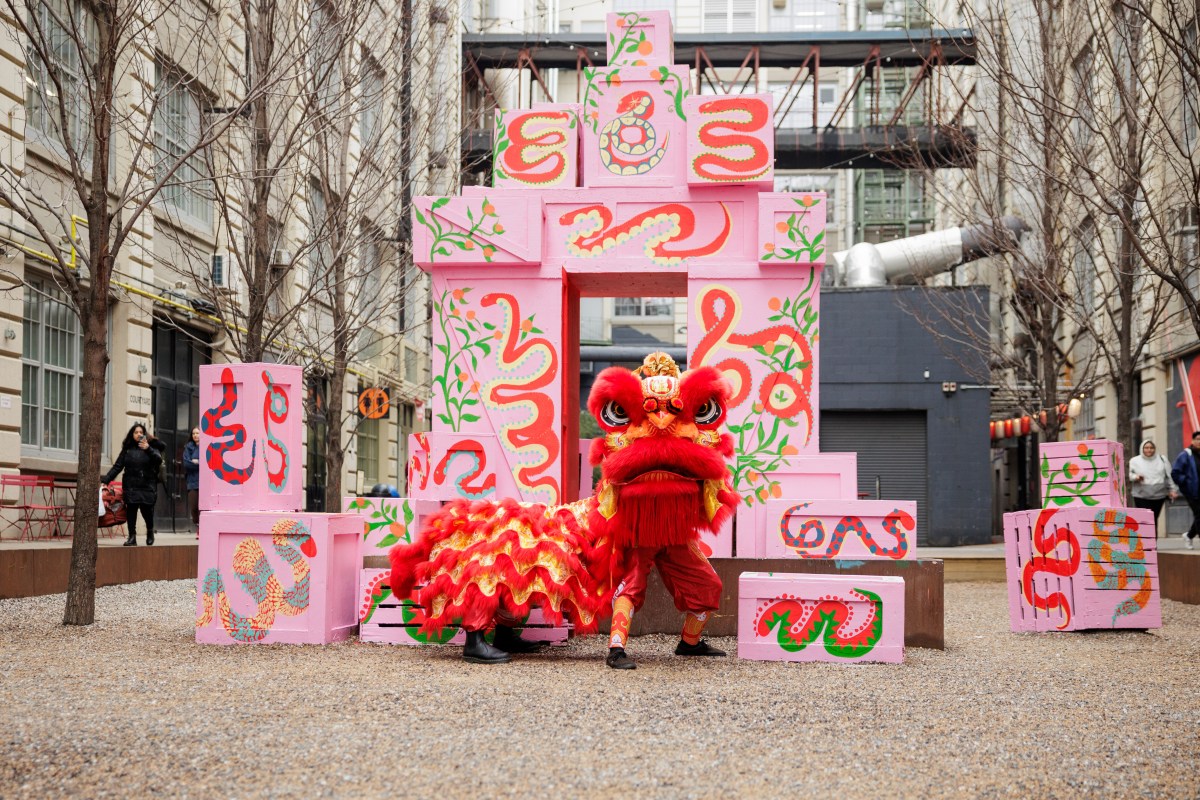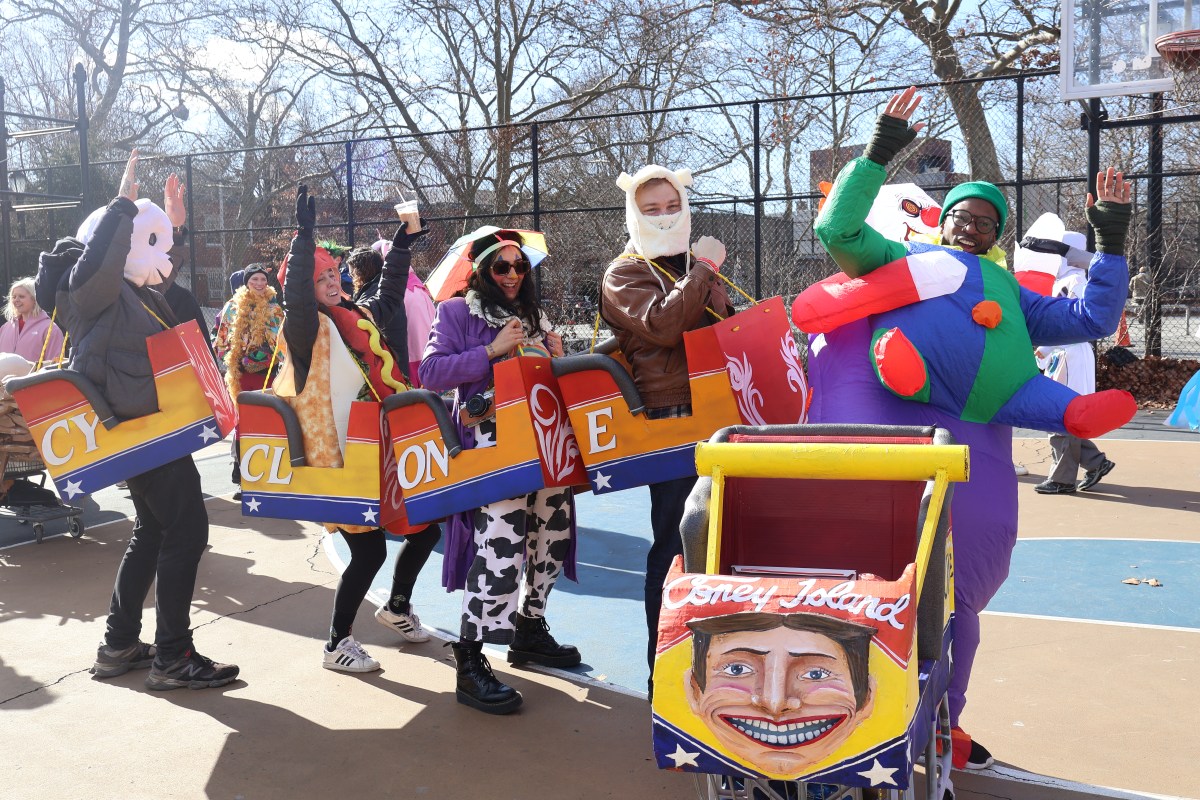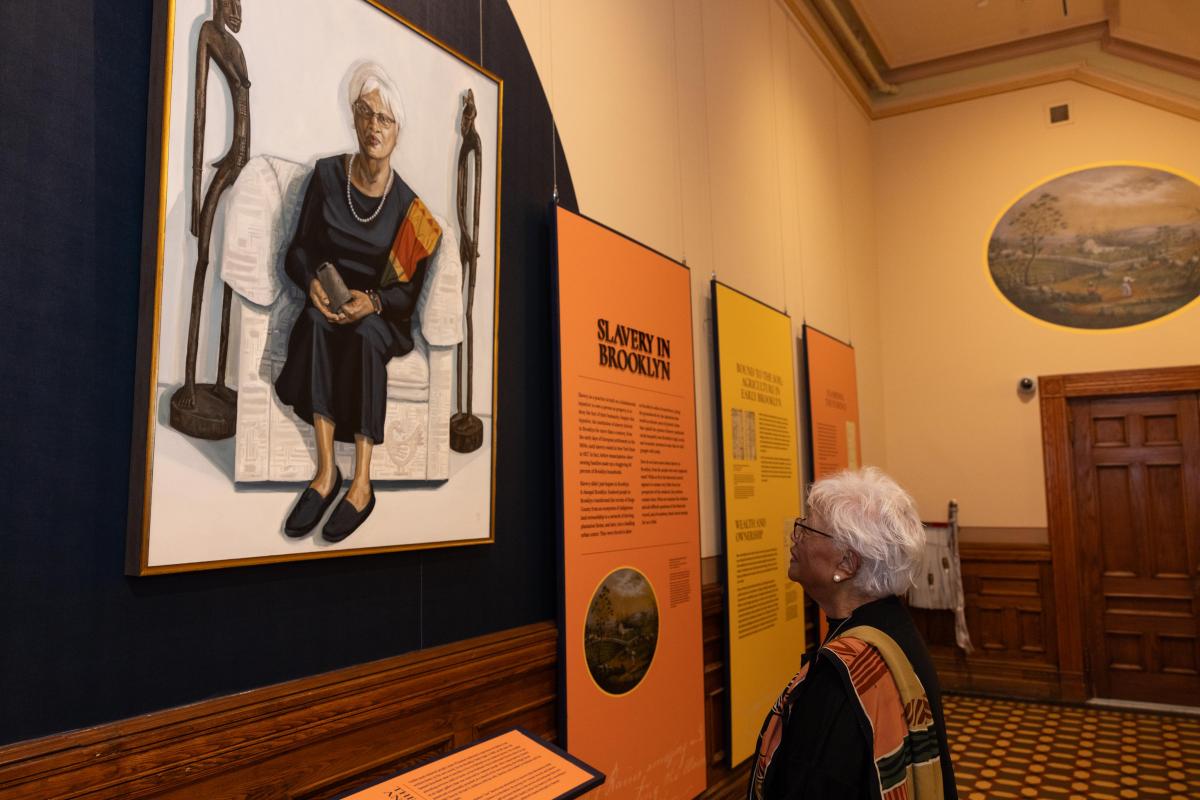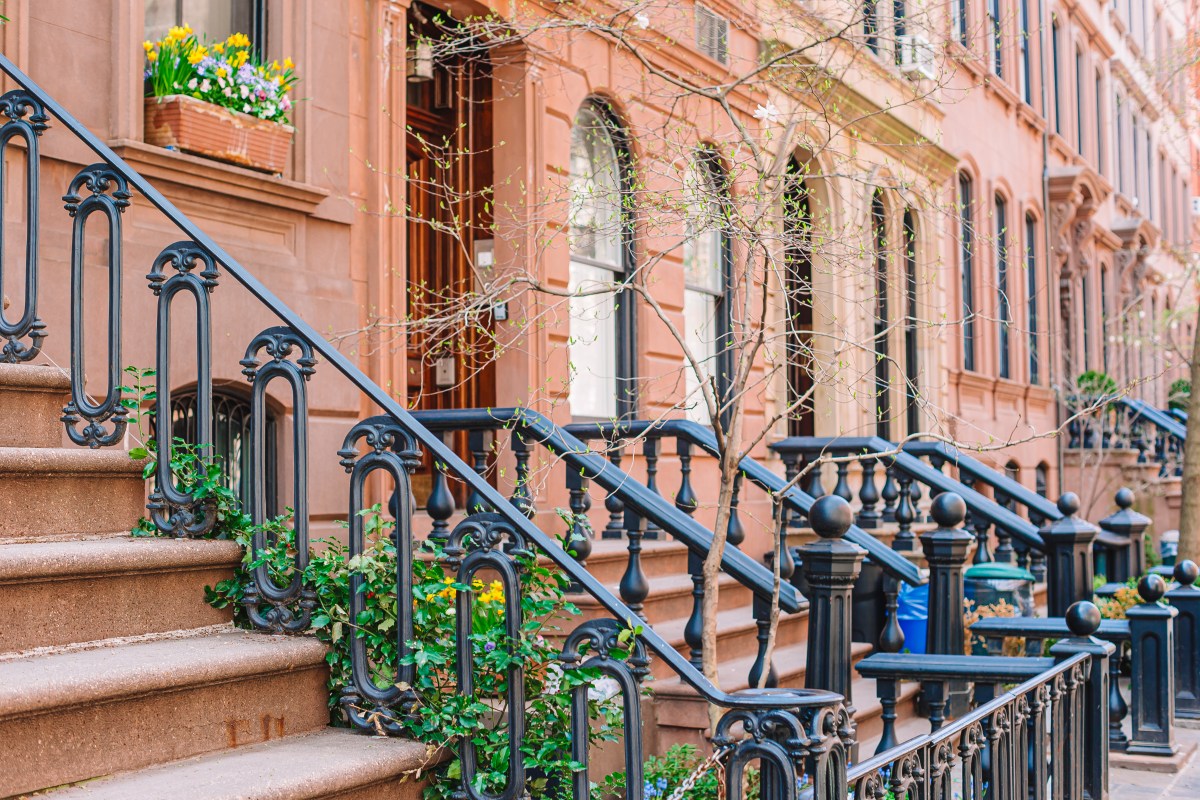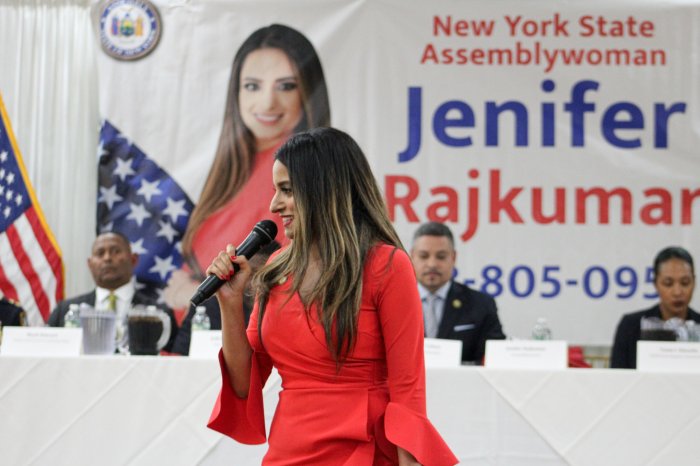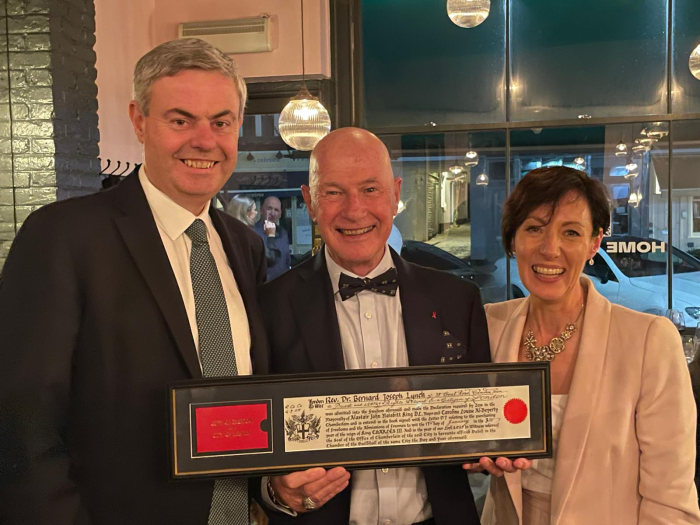After a spate of violence in NYC subways, one state lawmaker is urging the MTA to install platform barriers in more train stations.
Manhattan Assembly Member Tony Simone, who represents the West Side, said that along with the launch of congestion pricing, the MTA should add more safety measures for the city’s subway system.
Simone is preparing a bill to mandate that the MTA construct safety barriers across the system. Although the bill is not out yet, a spokesperson for the Assembly member said the barriers don’t need to be “overly fancy and expensive.”
The purpose of the barriers would be to prevent fatal and dangerous falls and shoves.
“A series of violent acts committed in our transit system over the past few weeks show the imperative of ensuring safety on the network,” Simone said. “In order to get people out of their cars and onto trains, we must ensure they feel safe.”
Simone wants the MTA to use the money generated from congestion pricing, which launched on Sunday, Jan. 5, to pay for the safety improvements to the network.
He also recalled the horrifying incident on New Year’s Eve when a man, who was standing on the Uptown-bound platform of the 18th Street station on the 1 line in Chelsea, was pushed onto the subway tracks and struck by an oncoming train, nearly losing his life.
“After the horrific attack in my district that saw a man nearly lose his life under a train, it is clear that we need safety infrastructure improvements that are commonplace across the world,” Simone said. “My legislation will require the MTA to install platform screen doors and gates system-wide within five years.”
A spokesperson for the MTA confirmed that 14 stations currently have subway barriers installed.
“The goal is to install barriers at one to two stations a month, depending on timing for the delivery of materials,” the spokesperson said.
Stations that currently have barriers are:
- 191 St – 1
- Clark Street – 2/3
- Morgan Avenue – L
- Fifth Avenue – 7
- First Avenue – L
- Grand Street – L
- Dekalb Avenue – L
- Halsey Street – L
- Bushwick Ave.-Aberdeen St. – L
- Myrtle-Wyckoff Ave. – L
- Graham Avenue – L
- Jefferson Avenue – L
- Bedford – L
- Flushing-Main Street – 7
The barriers are made of stainless steel, and have gaps where the doors open. Simone is advocating for the use of platform rope screen doors, which he said are more cost-effective.
“In order for congestion pricing to garner the widespread popularity it has in other places, the funding it enables must be directed to the public’s priorities,” he said. “No priority is higher on any rider’s mind, including mine, than safety on the system.”
One commuter we spoke to, Queens resident Jim Bennet, likes the idea of more platform barriers, especially at one station he uses most often.
“I have a complaint about the 61st and Roosevelt Avenue station because the platform has been under construction for over a year, and there is very little room to stand, and you’re close to the tracks,” Bennet said.
He added that he would even tolerate a fare increase if it went toward safety.
“Basically, I’d pay more for it because it’s an improvement we can see, and no one is doing anything about helping the mentally ill on the subways,” he said.
Read More: https://www.amny.com/nyc-transit/



